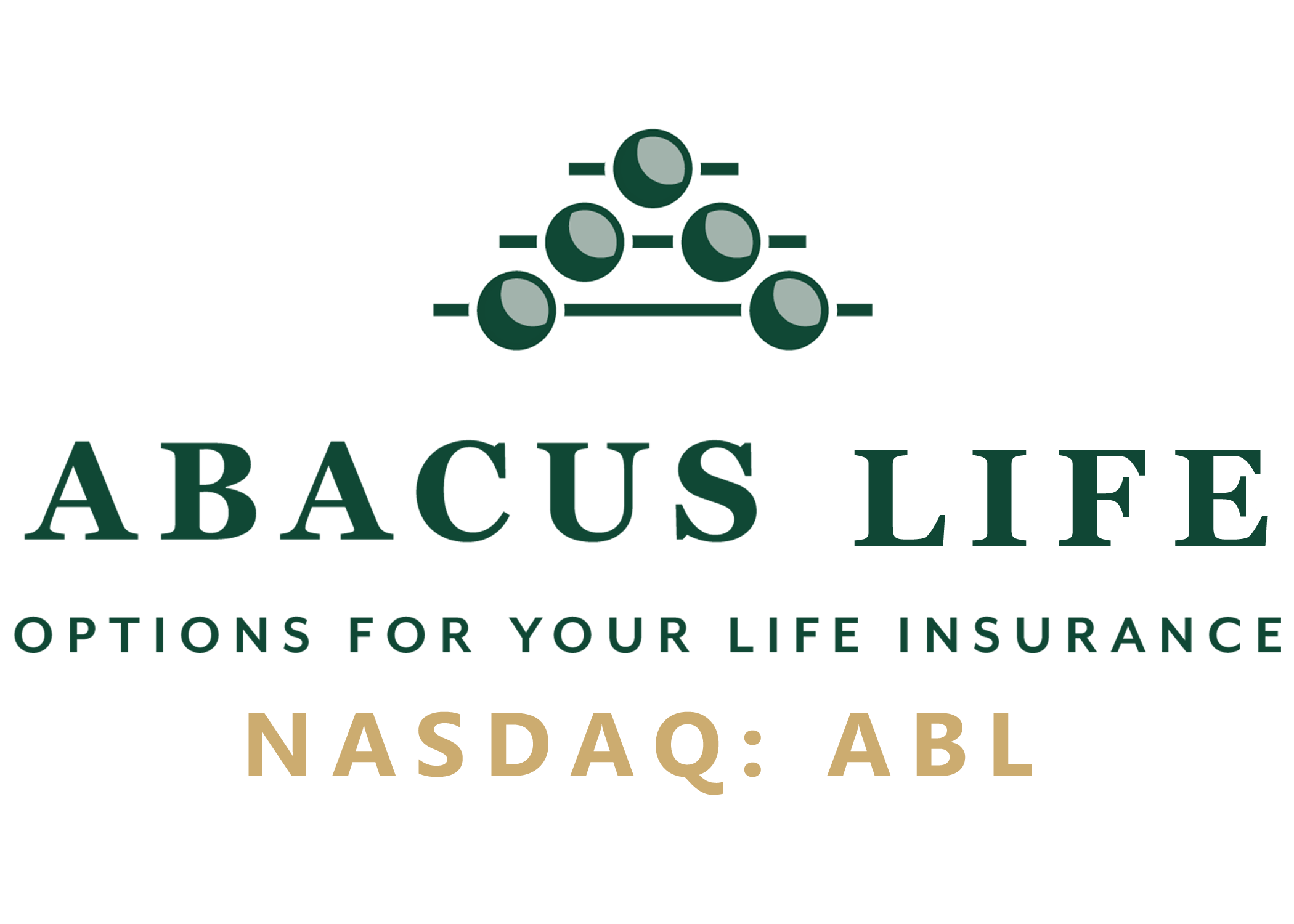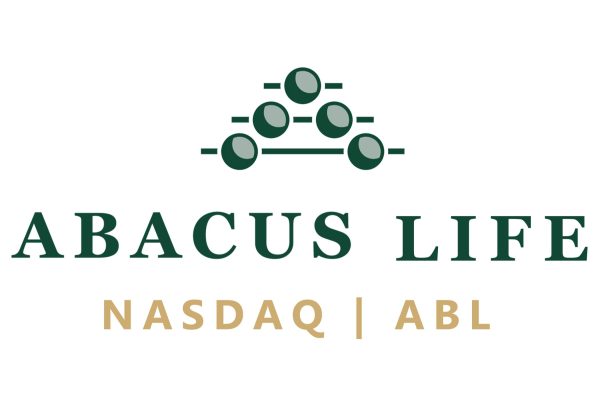High Blood Pressure: The Health Implications and How to Avoid Them
58% of adults 55+ are actively being treated for high blood pressure (Hypertension). It is by far the most common chronic condition amongst seniors in the United States. It is also by far one of the most dangerous. Several of the top 10 leading causes of death amongst seniors are entirely or partially attributable to uncontrolled high blood pressure. Issues like Heart Disease, Stroke, Kidney Disease, Vision Loss, CAD, and PAD are all directly attributable to hypertension. The good news is that high blood pressure is controllable, and your risk of developing major conditions can be reduced drastically with some simple lifestyle changes.
Impairments Related to High Blood Pressure
Heart Disease; which includes heart failure, heart arrhythmia, and heart attack, is defined by your heart beating ineffectively, causing impaired circulation. Essentially, the higher your blood pressure is, the harder your heart has to work to effectively pump blood throughout your body. Sustained high blood pressure puts your heart through such significant pressure that it often begins presenting symptoms that are irreversible if ignored. More Americans, specifically seniors, die from Heart Disease and related symptoms annually than any other cause of death.
Stroke, the fourth-leading cause of death for seniors in America is next on the list of avoidable issues that controlling hypertension can help you to avoid. High blood pressure damages arteries throughout the entire body, not just the heart. The constant force being placed on your circulatory systems walls eventually creates conditions where your arteries can easily burst or clog. In the case of Stroke, weakened arteries in the brain, one of your bodies highest blood density organs, clog more easily than in many other areas of the body.
Kidney Disease the ninth leading cause of death, affecting 18% of all American seniors is also heavily reliant on elevated blood pressure levels. Your circulatory system and kidneys rely on one another for overall good health. Your kidneys are surrounded with a dense network of blood vessels. These blood vessels supply your kidneys nephrons with a continuous flow of blood both in, for filtration, and out, to return to general body circulation. Arteries damaged through high blood pressure cause the kidneys to have greatly, or completely diminished filtration ability. This can lead to your body having serious issues regulating fluid, hormones, acids, and salts in your blood. Healthy kidneys also produce a hormone called aldosterone, this hormone is how your body naturally regulates blood pressure. Damaged kidneys have more issues regulating blood pressure, and unregulated blood pressure causes more damage to the kidneys, resulting in a negative spiral that is difficult to pull out of.
High blood pressure can also lead to vision loss, which while difficult to quantify, affects a large group of the senior population. Retinopathy, or blood vessel damage in the eye, is caused by hypertension. It can lead to blurred vision or complete loss of sight. High blood pressure also leads to Choroidopathy which is fluid buildup under the retina. Because the retina is so sensitive to outside factors this fluid build-up often leads to distorted vision, or in some cases scarring that permanently impairs vision. Optic Neuropathy is the most dangerous of the vision issues hypertension can lead to. It is the result of blocked blood flow to the optic nerve which can cause severe damage or kill nerve cells in your eyes. If this damage goes unchecked it will often lead to temporary or permanent blindness.
PAD or Peripheral Artery Disease is very similar to another issue caused by high blood pressure, CAD or Coronary Artery Disease. While CAD is caused by plaque buildup in the walls of the blood vessels in and around the heart, PAD is caused by fat and cholesterol buildup due to weakened arteries. Most people who have PAD experience cramping, pain, and tenderness in their lower body when physically engaging themselves in any way, including walking or climbing stairs. The pain experienced from PAD is typically limited to when you are actually exerting yourself and quickly disappears when your body is at rest. Many people try to “tough out” the symptoms involved with PAD since they are painful but rarely debilitating. This issue is further magnified by the fact that PAD is commonly undiagnosed by healthcare professionals since it is typically an afterthought. People with PAD have a higher chance of CAD, heart disease, and stroke; which are all risk factors that are only multiplied further by high blood pressure. If PAD remains unchecked for too long it can lead to possible gangrene and amputation of extremities. Although these symptoms typically only present in very extreme cases.
Preventing and Reversing High Blood Pressure
Eating a Heart Healthy diet has become a common rallying cry in regards to heart health and general wellness in the past decade or so as hypertension and heart disease awareness rises. Most people massively over complicate just how simple it can actually be to eat heart-healthy. The most important thing by far is lowering sodium intake. Practice reading labels during several shopping trips and you’ll start to notice a high sodium trend, even in unexpected products. The average American intakes 3,400 mg of sodium daily, the FDA suggests that individual’s intake 2,300 mg at the high-end. Just to put that into perspective, one Big Mac contains 1,007 mg of sodium; that’s not including fries, condiments, and a drink. Beyond cutting down drastically on sodium intake, avoiding sweets and sugars is an easy step to take.
There are a wealth of tools available to accurately track your diet, one of the most popular being MyFitnessPal. It can be eye-opening to track your diet exhaustively, most people aren’t aware of just what their daily food and beverage intake actually break down into.
Do Eat
- Fruits (not fruit juice)
- Veggies
- Chicken, Turkey, & Fish
- Nuts and Legumes
- Vegetable Oils
Do Not Eat (In Excess)
- Saturated Fats
- Sodium
- Fatty Red Meats
- Sweets and Soda/Alcohol
Diet and exercise are the closest you can come to a “magic bullet” in relation to health. Once you get your heart-healthy diet in place, it’s time to consider your activity levels. The list of diseases that overall physical health can prevent is incredibly long and growing year-by-year as we learn more about medical science. Exercise helps manage weight, improve your mood at a biological level, strengthen your heart, and most on subject for this article; exercise prevents and reverses hypertension. 150 minutes of exercise a week is enough to lower your risk factor across the board for major diseases like Heart Disease, Stroke, Kidney Disease, and Hypertension. That is 2.2% of your waking week assuming you get a full 8 hours of sleep a night. 2.2% of your time in exchange for an almost guaranteed shot at health and longevity seems like a pretty easy decision. Physical activity can include anything, so long as you are getting your body moving. You don’t have to hit the gym and pump iron or go run a marathon, just get out and walk. Park at the back of the parking lot, take the stairs, these little activities add up faster than you would think.
Combining a sensible diet with consistent exercise will naturally lead to weight loss which further reduces your risk factor for high blood pressure. As an added bonus, you also reduce your risk of contracting type 2 diabetes, several types of cancer, and increase your overall quality of life. High blood pressure can be easy to ignore because it’s a silent and slow killer. It is still a killer, however, and it’s a precursor to some of the deadliest diseases in modern America. The good news is, it is completely avoidable.
If you or your loved one are suffering from any of the previously mentioned issues you may qualify for a Life Settlement. Many seniors qualify for Life Settlements even if they are otherwise healthy or only suffering from “normal” aging problems like diabetes and high blood pressure. A Life Settlement can help pay for medical bills or long-term care. Contact us at 1-800-561-4148 for your completely free Life Settlement consultation, or fill out our simple Life Settlement Qualifier to find out if a Life Settlement is right for you!
This Article is featured on American In-Home Care’s website.




